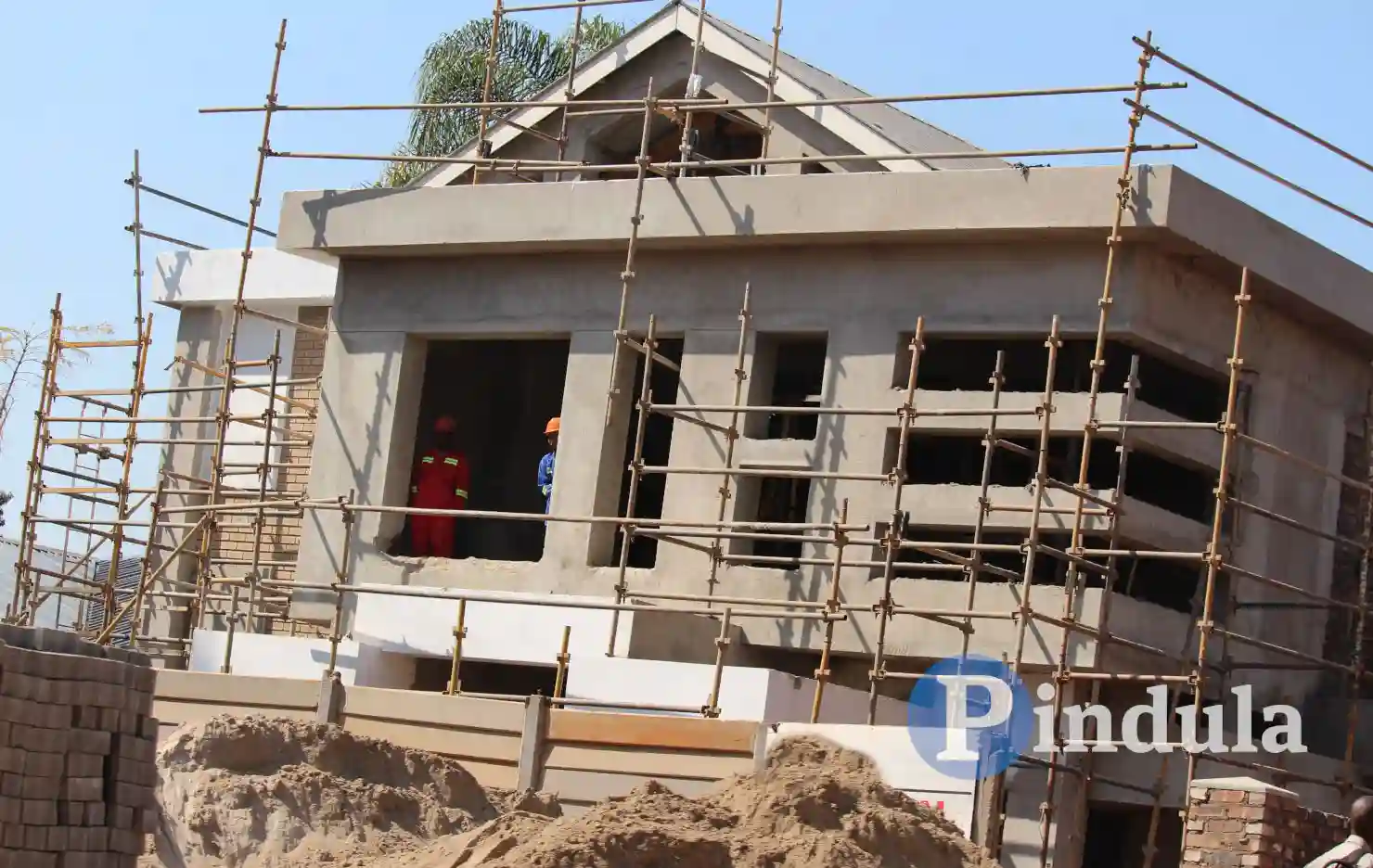Plans to develop Zimbabwe’s new capital city in Mt Hampden are gathering momentum, with a master plan for the multi-billion-dollar ultra-modern development now complete.
The US$60 billion metropolis is anticipated to de-congest Harare which was originally developed for less than one million people but now has more than 2.1 million residents “at night” and about 7 million people during the day.
The Sunday Mail reports that the new capital will stretch over 15 500 hectares and accommodate more than 1.5 million residents upon completion.
Ownership:
Three local authorities — Harare municipality, Mazowe and Zvimba rural districts councils — will administer the city, which is set to be named after one of the country’s cultural and heritage endowments.
The new city concept was approved by Cabinet in December 2018.
According to the master plan, the city will be developed in four distinct phases spanning a ten-year period.
The first phase will:
a). Run for two years.
b). Entail the creation of traction and development infrastructure.
c). Be funded through Treasury and “donations from the private sector and other partners,” according to the blueprint.
d). See the development of Government offices, residential flats and agro-processing parks.
Phase two will:
i). Involve the development of baseline infrastructure through funding from the Treasury, public-private partnerships (PPPs), loans and issuance of bonds, debentures or bills.
ii). See the development of low-density residential areas, hotels, conference centres and mixed commercial use zones.
Phase Three:
i). Runs from year five to 10.
ii). Will witness the development of commercial, residential and industrial areas through PPPs, Foreign Direct Investment (FDI), syndicated loans, development finance and export credit finance, among other instruments.
iii). Witness the development of the Central Business District (CBD) and light industry.
Phase Four:
a). Will entail continued development of commercial, residential and industrial areas from year 10 going forward through private equity, PPPs, FDI and syndicated loans.
b). Over 600 hectares of land will be reserved for public administration and services zones, which will house Government offices, Parliament, the local municipality, the existing Defense College and security zone.
City Features:
1). A ring radial road network will connect the new city to Norton, Ruwa, Chitungwiza and the Robert Gabriel Mugabe International Airport.
2). High-quality transport infrastructure fit for low-floor buses, with dedicated bus lanes.
3). A sustainable garden city with a hybrid energy system consisting of two or more renewable energy sources.
4). A piped liquefied petroleum gas (LPG) supply system connected directly to households from a central main storage centre.
5). Closed-circuit television (CCTV) cameras will be fitted on all public infrastructure, including on traffic lights, building facades and underground rail to assist law enforcement.
6). The commercial zone will be situated on about 800 hectares, while 4 100 hectares have been reserved for residential areas.
7). A light industrial zone, recreational spaces, servitude zone, medical zone, waste management centre and a solar farm.
8). A religious park where there will be a conference centre, churches, cathedrals and apostolic church shrines.
President Mnangagwa recently officiated at the ground-breaking ceremony of a multi-million-dollar cyber-city being developed by United Arab Emirates (UAE) billionaire Mr Shaji Ul Mulk.

